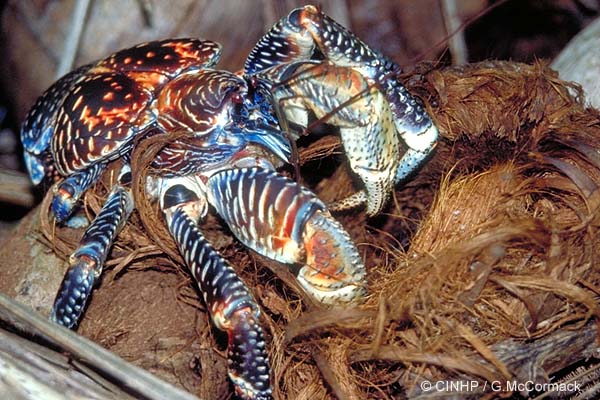 |
| Image from Ann Dickinson |
This is the California Freshwater Shrimp (Syncaris pacifica). It doesn't look like much, which is actually a anti-predatory device, as its translucency helps hide it from predators. If hiding doesn't work, it has a protective spine useful for jabbing into a predatory fish's mouth.
These shrimp are only found in a few counties in the Bay Area in California, and seem to be fairly picky about their habitat. They live in the runs1 of streams that have undercut banks, exposed roots, and overhanging vegetation. All of these features provide the Freshwater Shrimp with numerous hiding places.
The problem comes when those hiding places are disturbed. There are quite a few ways this can happen, all of which have the final result of removing the vegetation that these shrimp call home. The trees that provide the overhanging roots are removed when a stream is channelized, and agriculture and livestock fill the stream with runoff that buries those roots in silt.
There is quite a bit of good news going for the California Freshwater Shrimp. For one thing, its numbers appear to have almost quadrupled between 1991 and 2000. Another thing is that a number of teachers and students are using this as their rallying species to help teach people about freshwater habitat, and saving some endangered species in the process. If anyone in those programs reads this: I salute you. You will be able to tell future generations that you helped save a living thing from extinction.
1Runs are the areas in streams halfway between the shallow, fast moving riffles, and the slow, deep pools. This site explains these quite well.



